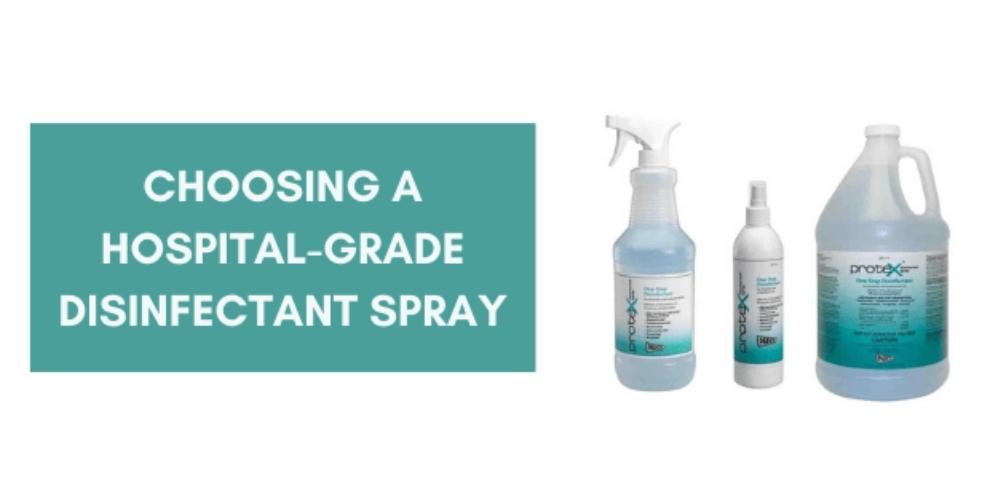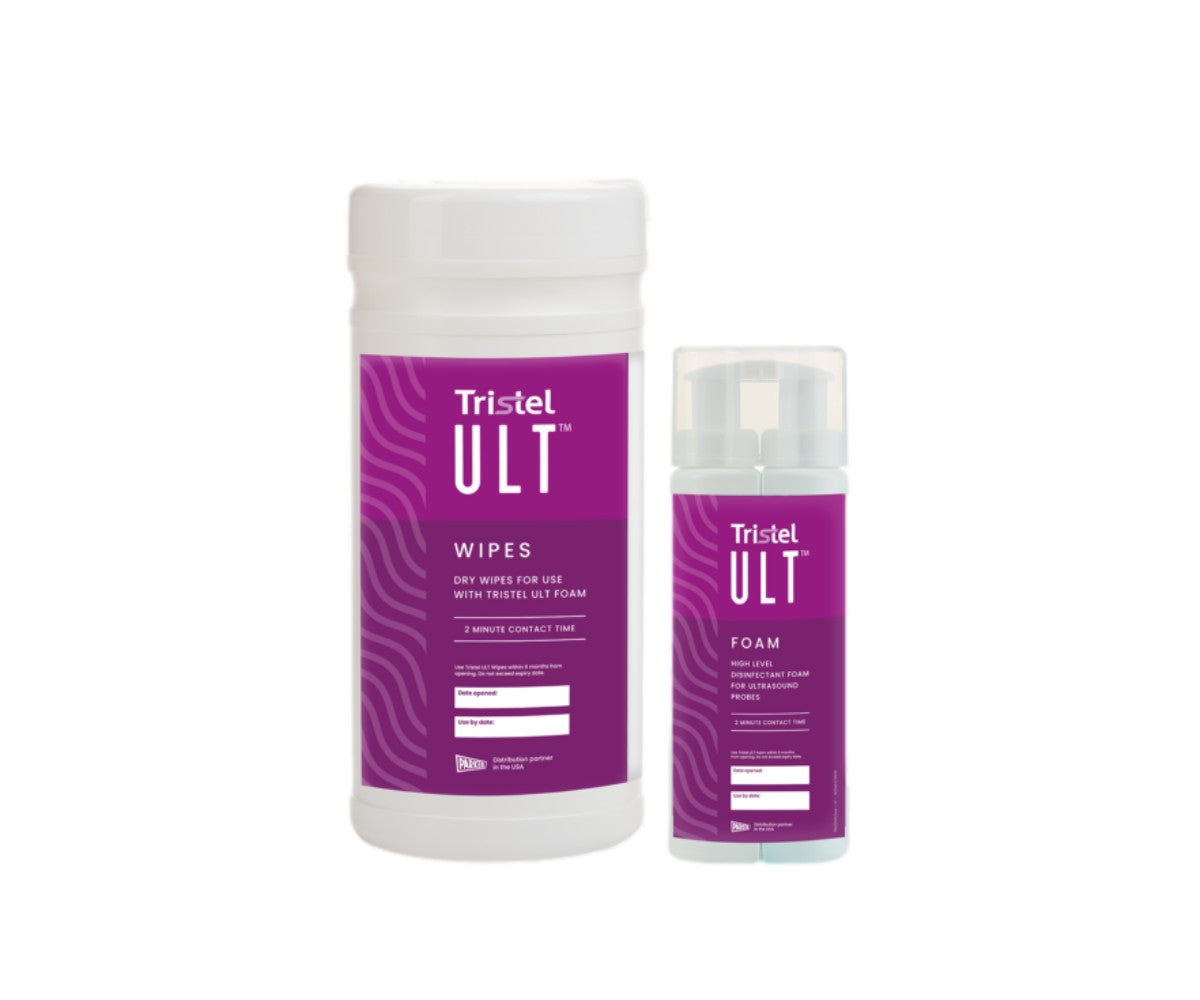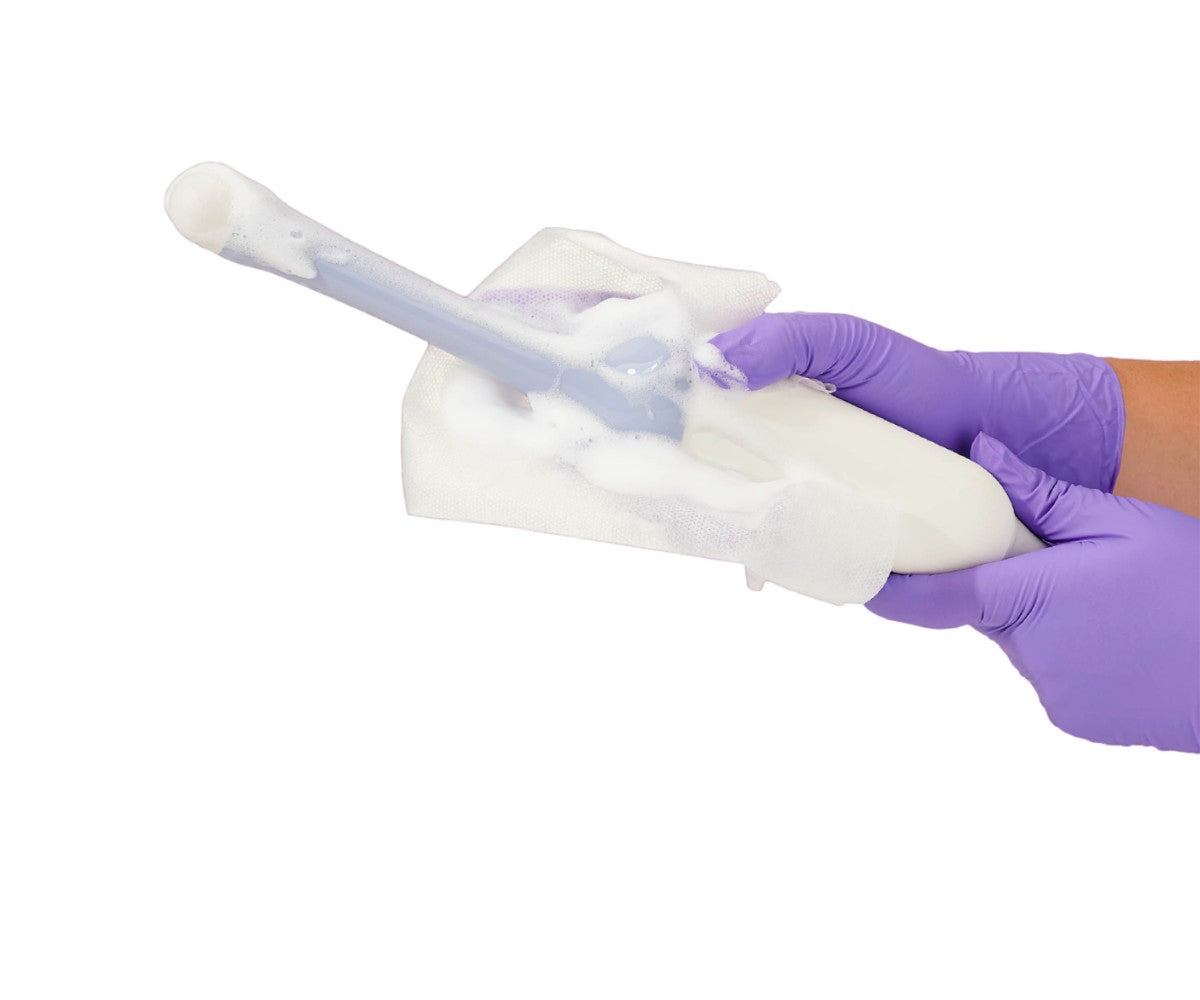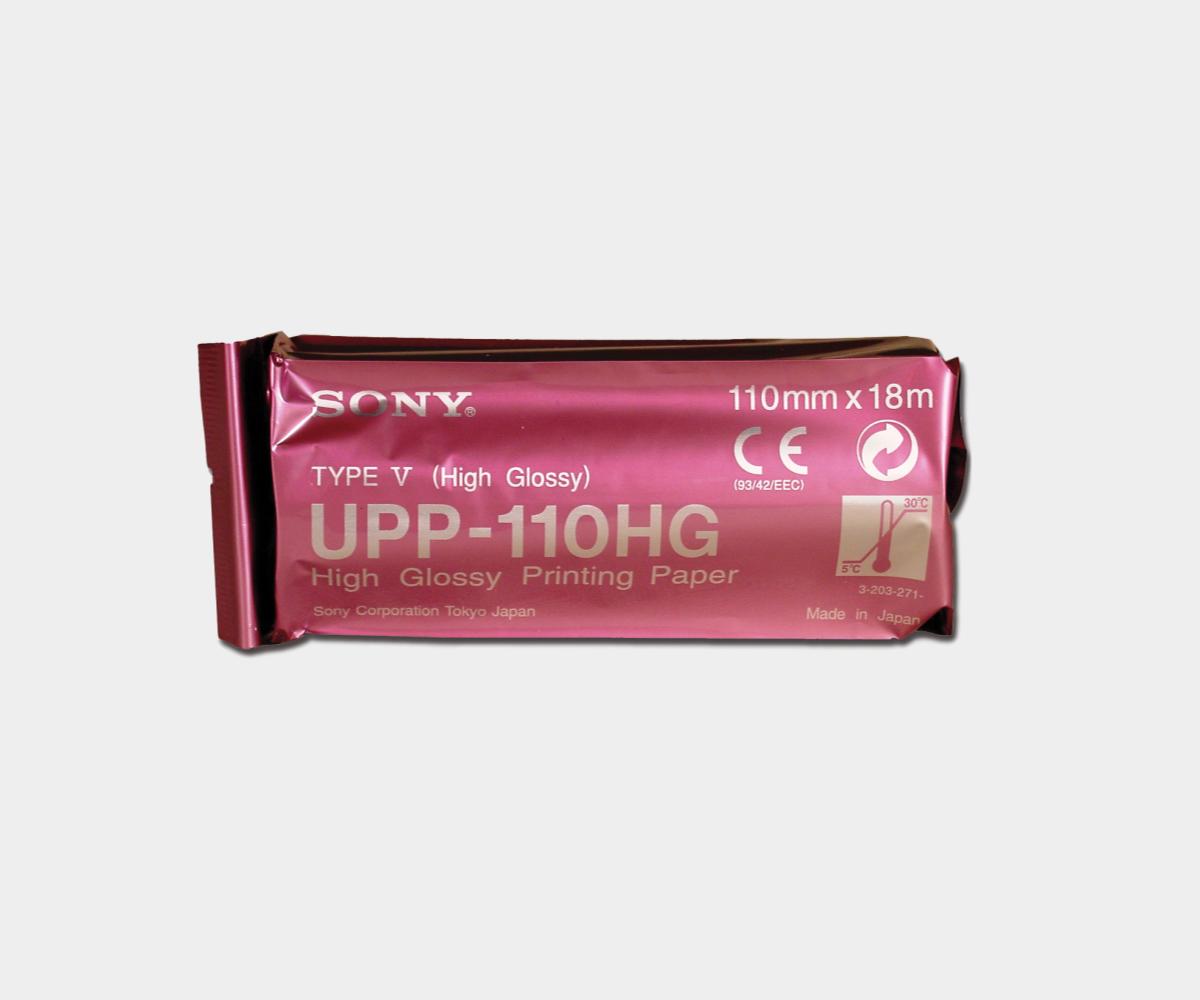Improving patient safety is a top of mind concern for infection preventionists, administrators, and physicians. The recent COVID-19 pandemic has shed even more light on the importance of infection prevention and control as healthcare professionals look to mitigate the risk of transmission in their facilities.
From isolating potential and confirmed cases to installing UV light disinfecting machines, healthcare facilities across the country have been revising and augmenting their infection control protocols. One area in particular which remains in focus is the use of sprays (and sometimes wipes) to disinfect previously cleaned surfaces.
Patients come into contact with a variety of surfaces during their time in a facility. There are multiple points of contact in a patient’s room alone: bedrails, sinks, overbed tables, among other flat surfaces. Healthcare staff must ensure that all of these surfaces are properly cleaned and disinfected to minimize the risk of what the Winnipeg Regional Health Authority refers to as indirect transmission.

In healthcare settings, infections are commonly transmitted in three ways: direct, indirect, and airborne. Direct transmission is defined as direct contact with an infected individual. Indirect transmission, on the other hand, refers to direct contact with an infected surface or object rather than an individual. Airborne transmission occurs when small particles are released into the air and infect susceptible individuals.
While standard disinfectants are able to kill the majority of common bacteria, they do not provide sufficient strength to disinfect areas in hospitals. This is why medical professionals must take a variety of regulatory and environmental factors into account when selecting a disinfectant spray.
To properly combat indirect transmission of healthcare-associated infections, staff should utilize hospital-grade disinfectant sprays in line with the recommendations of the Environmental Protection Agency (EPA), such as Parker Protex. Disinfectant products should be EPA registered, says Sara Snow, senior scientist at Clorox Professional Products Company. She adds that these disinfectants should be capable of killing bacteria commonly found in hospitals, such as S. aureus, S. enterica, and P. aerugionsa.
“Hospital disinfectants should be used on medical equipment and on environmental surfaces as part of a bundled infection prevention approach," says Snow. There are three levels of hospital-grade sprays that can be used together: low-level, intermediate, and high-level.
Low-level disinfectant sprays are EPA-registered products that can combat most fungi, most viruses, and vegetative bacteria. Low-level products commonly have quaternary ammonium or phenols as active ingredients.
Intermediate disinfectant sprays are also EPA-registered. They are able to combat a wider range of diseases, including TB, fungi, viruses, vegetative bacteria, and some may have spore claims. In addition, they have a variety of active ingredients, such as 70-90% alcohol, phenols, hypochlorite, quaternary ammonium, and hydrogen peroxide.
“High-level disinfectants fall under FDA jurisdiction,” says Snow. These disinfectant sprays are effective against TB, bacteria, fungi, viruses, and some spores. Active ingredients can include glutaraldehyde, OPA, or peracetic acid. High-level disinfectants are required when being used on instruments that come into contact with mucus membranes, such as endoscopes and bronchoscopes.
Moreover, practitioners should also take into account the logarithmic scale. The log scale can be used to measure the effectiveness of the disinfectant at killing bacteria. In certain contexts, practices may use a 6-log kill rate to ensure the maximum level of cleanliness is achieved.
According to the EPA, log reduction as a percentage reduction can be measured this way:
- 1-log reduction = 90% reduction
- 2-log reduction = 99% reduction
- 3-log reduction = 99.9% reduction
- 4-log reduction = 99.99% reduction
- 5-log reduction = 99.999% reduction
- 6-log reduction = 99.9999% reduction
The log scale can be understood as follows when applied to a colony of c. diff bacteria:
- A 1-log kill reduces the colony to 100,000 C. diff bacteria
- A 2-log kill reduces to 10,000
- A 3-log kill reduces to 1,000
- A 4-log kill reduces to 100
- A 5-log kill reduces to 10
- A 6-log kill reduces to 1
Hospital-grade disinfectants registered with the EPA kill 99.99% of vegetative bacteria and viruses which translates to a 4-log kill rate. Disinfectants with the highest possible effectiveness as defined by the EPA are sporicidal disinfectants, which kill at a 6-log rate or 99.9999%.
Overall, healthcare facilities should consider the recommendations of regulatory bodies, such as the FDA and EPA, when selecting a hospital-grade disinfectant spray to ensure that they remain compliant. Additionally, properly integrating these disinfectants into what Snow calls a “bundled infection prevention approach,” can increase patient safety by reducing the risk of healthcare-associated infections via contact with contaminated surfaces and objects.
To conclude this article, we collected some of the questions commonly asked by healthcare staff, and we compiled them into a Q&A:
What is the difference between a hospital grade disinfectant and a standard one?
A standard disinfectant is the one you can find in the supermarket. They can kill common bacteria and this is enough in most of the cases. The hospital grade disinfectant needs to be EPA-registered for use in healthcare facilities. Even if only its effectiveness against Pseudomonas aeruginosa and Staphylococcus aureus needs to be tested, it must be able to kill microorganisms found in hospitals. These microorganisms include S. aureus, S. enterica and P. aerugionsa.

How long can a surface remain disinfected?
If nobody touches it, the surface stays disinfected. Viral pathogens multiply at an exponential rate and some of them only need a few minutes to achieve this goal. This is the reason why surfaces frequently touched should be disinfected between each patient, with the help of a hospital grade disinfectant.

What is the difference between cleaning, sanitizing, disinfecting, and sterilizing?
Cleaning is the action of removing soil and germs by a physical action, usually wiping. Sanitizing reduces microorganisms to acceptable levels, determined by health organizations. Disinfecting is done for hard surfaces, non-critical, and semi-critical instruments: its goal is to kill microorganisms. The difference between those three actions is exposed by the CDC on a publication regarding Influenza
Lastly Finally, sterilizing is relevant only for critical instruments that come in contact with sterile body tissue. The goal here is to remove all viruses, bacteria, fungi and their spores. The CDC describes it as a way "to destroy all forms of microbiologic life".
How do I know if a disinfectant is effective against SARS-CoV-2?
SARS-CoV-2 is the corona virus that causes COVID-19 in humans. Not all disinfectants are effective against this virus, and that is the reason why the EPA has published a list of disinfectant formulas that can be used to combat this family of viruses. The list is called “LIST N: Disinfectants for Use against SARS-CoV-2”.







